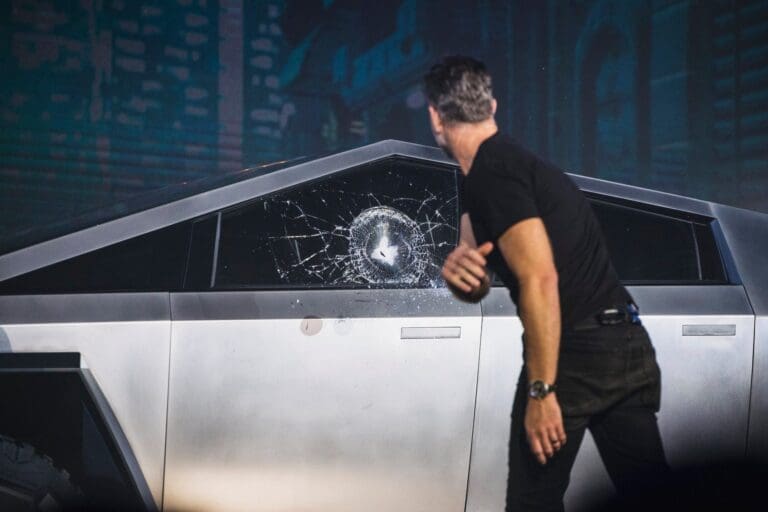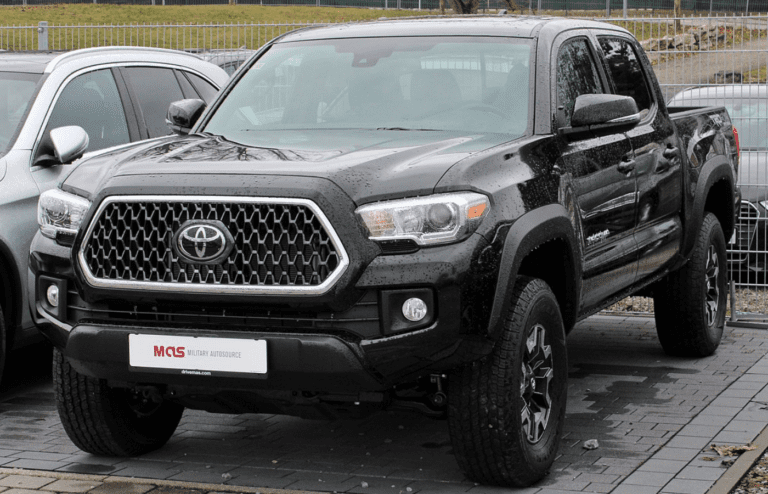Bad driving habits are more than just annoyances—they’re dangerous. Whether it’s speeding, distracted driving, or ignoring basic safety rules, these behaviors put everyone on the road at risk. Many drivers don’t even realize how their everyday habits can lead to accidents, delays, or costly fines.
From tailgating to rolling through stop signs, we’re breaking down 20 of the most common mistakes behind the wheel, their consequences, and how to fix them for a safer driving experience.
20. Not securing loose items in the vehicle
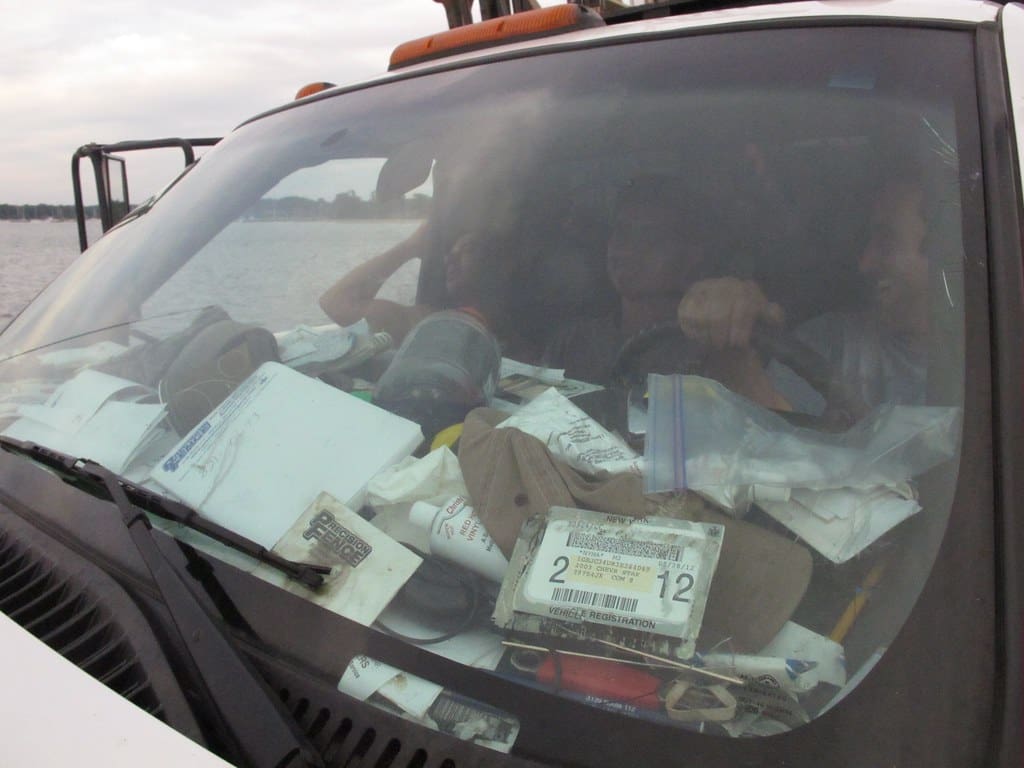
Many drivers overlook the danger of unsecured objects in their cars. During sudden stops or accidents, these items can become dangerous projectiles, causing serious injuries. Even small objects like water bottles or phones can strike with significant force. To ensure safety, always secure loose items in the trunk or use cargo nets and organizers.
19. Unnecessary horn honking
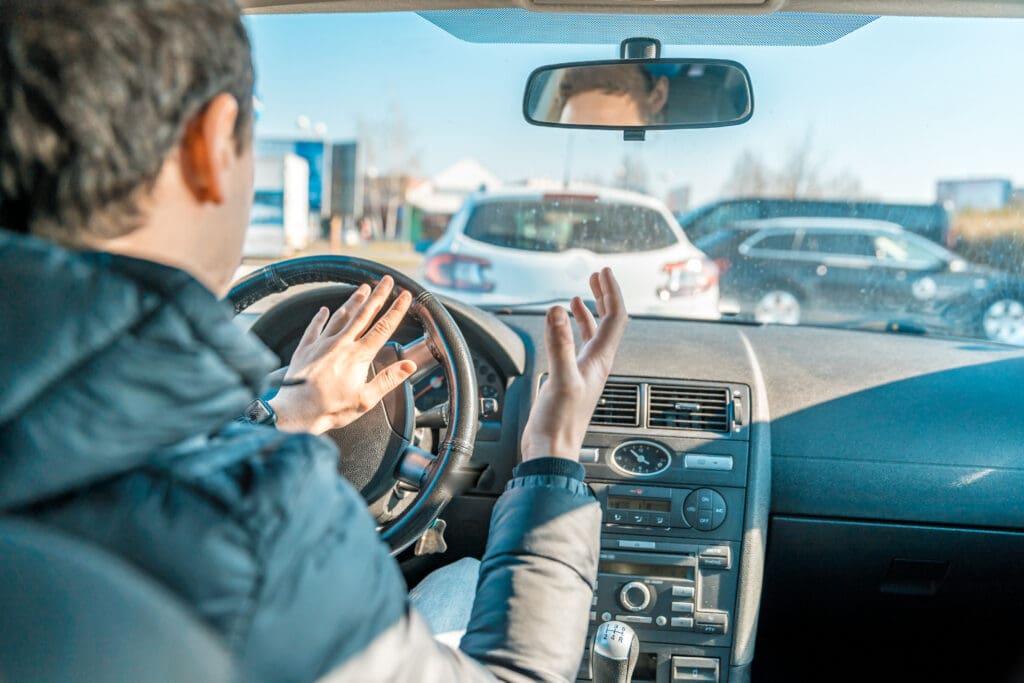
Excessive horn use contributes to noise pollution and heightens stress levels for drivers and pedestrians alike. Many drivers honk out of frustration or impatience rather than for safety reasons. This behavior can startle others, potentially causing accidents, and is often illegal in residential areas, especially at night.
18. Ignoring traffic signs and signals
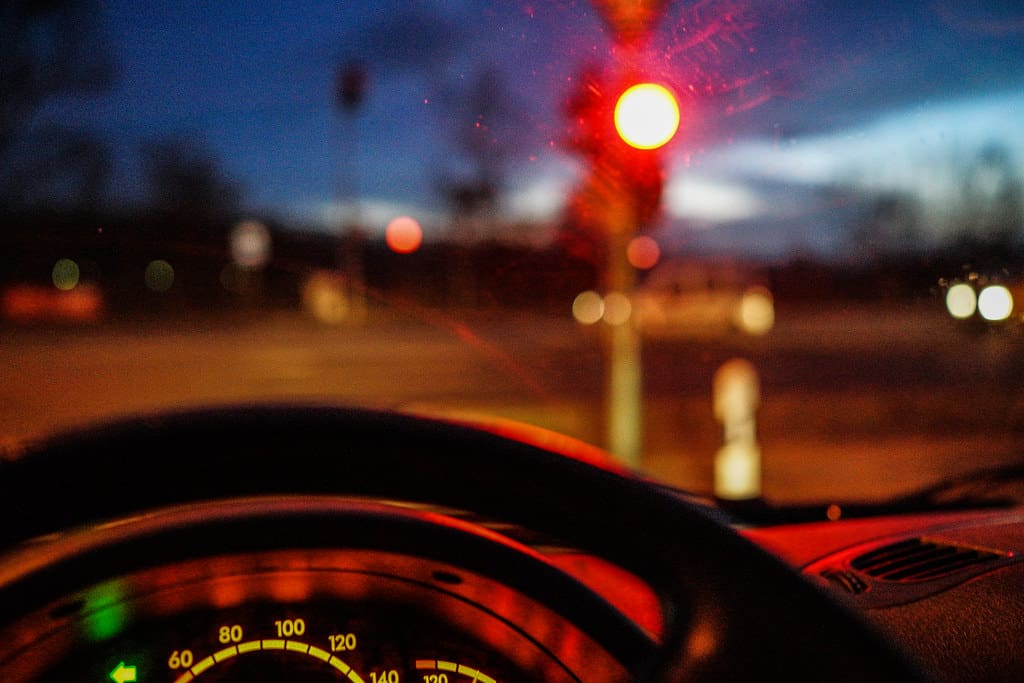
Disregarding traffic signs and signals is a dangerous habit that increases the risk of accidents. Bad drivers often run red lights, roll through stop signs, or ignore yield signs, putting themselves and others in danger. This behavior can lead to severe collisions, legal consequences, and increased insurance premiums.
17. Driving while fatigued
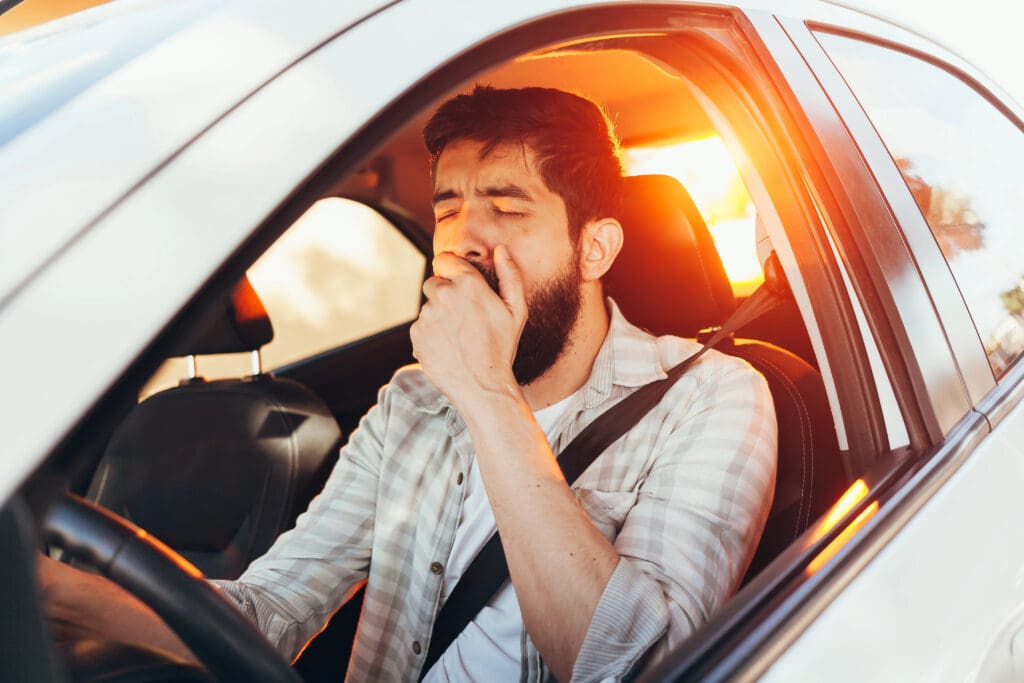
Fatigued driving is as dangerous as drunk driving. It impairs reaction time, judgment, and coordination. Signs include frequent yawning, difficulty focusing, and drifting between lanes. Drowsy drivers may experience microsleeps, brief involuntary lapses in consciousness. To prevent fatigue, get adequate sleep and take breaks during long trips.
16. Not adjusting mirrors correctly
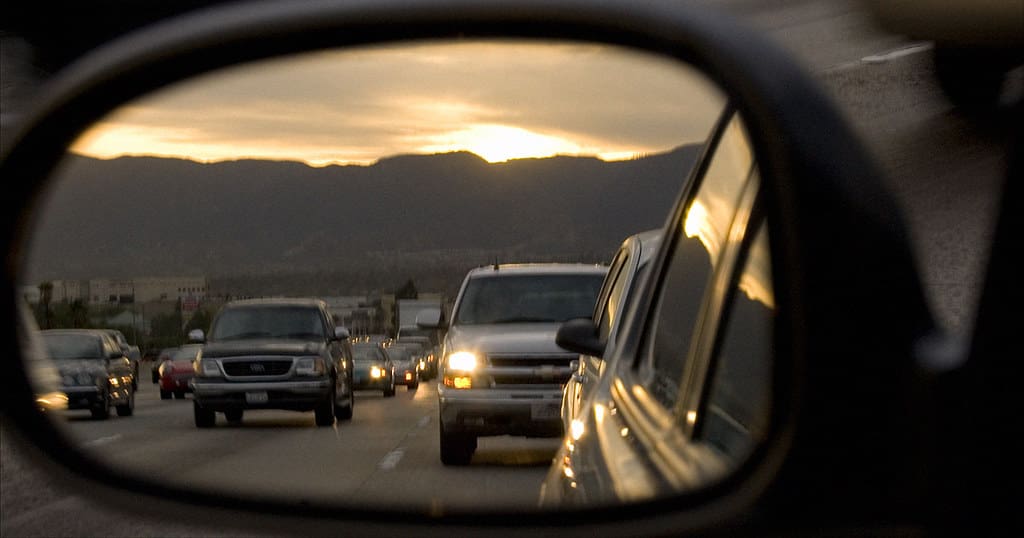
Many drivers incorrectly set their side mirrors, creating dangerous blind spots. The proper technique is to lean left and adjust the driver’s mirror to barely see the car’s side, then lean right to set the passenger mirror similarly. This eliminates most blind spots and improves safety when changing lanes.
15. Parking across multiple spaces
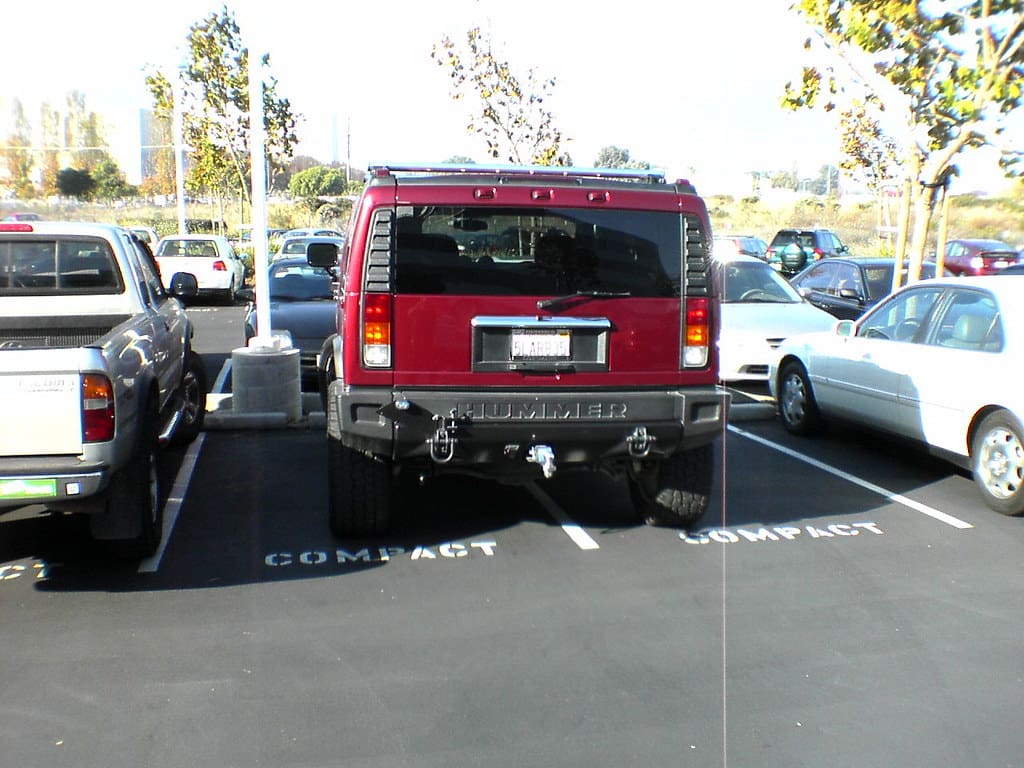
Taking up more than one parking space is a major faux pas. It inconveniences other drivers and wastes valuable parking real estate. Whether it’s to protect an expensive car or due to poor parking skills, straddling spaces is inconsiderate and may even result in fines or tickets in some areas. Always aim to park within the lines.
14. Failing to merge properly
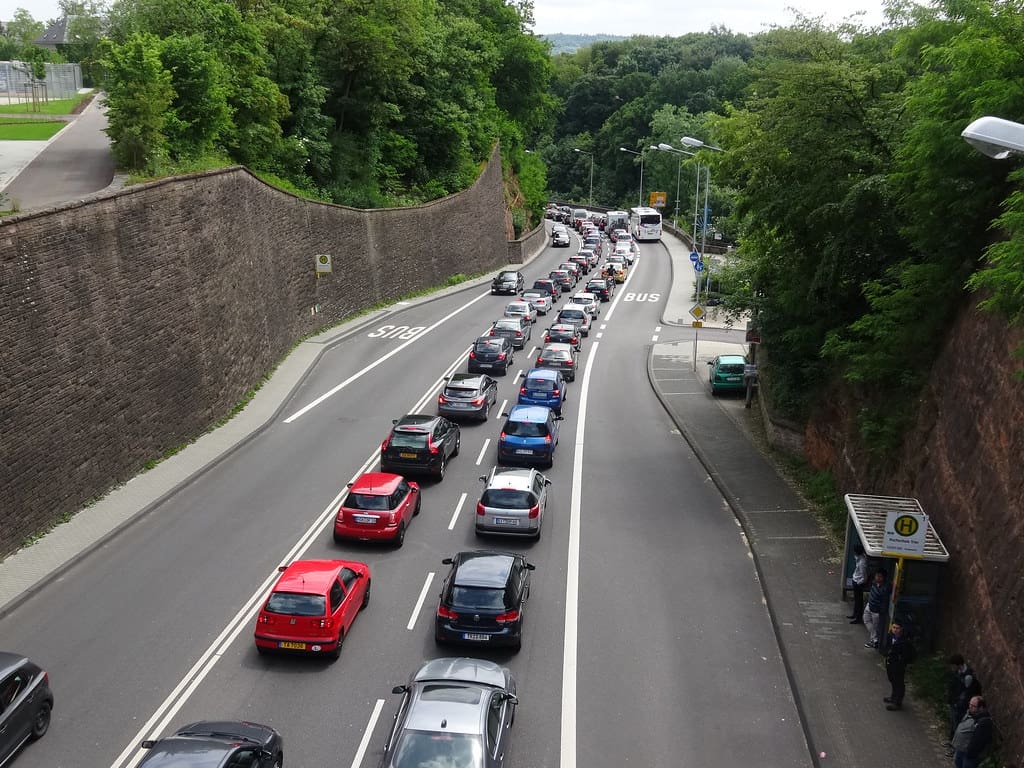
Many drivers struggle with proper merging techniques, especially when entering highways. Bad drivers often fail to match the speed of traffic, wait until the last second to merge, or expect others to make room for them. Proper merging involves using turn signals, finding a gap, and smoothly blending into traffic flow.
13. Overusing high beams
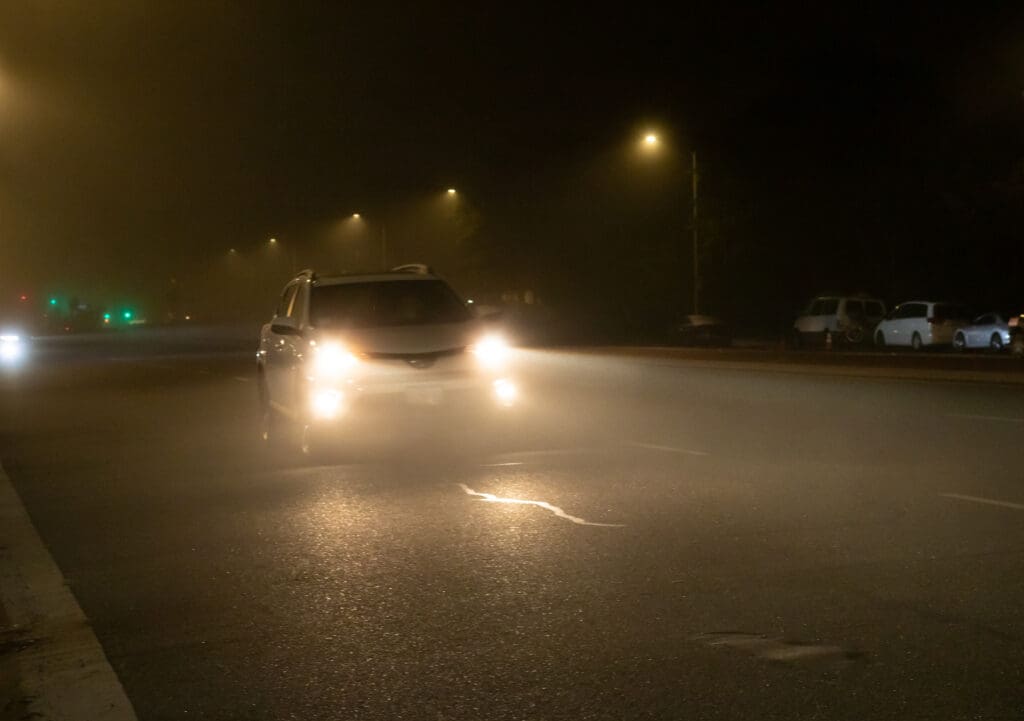
Excessive use of high beams can temporarily blind other drivers, creating dangerous situations on the road. While they’re essential for visibility on dark roads, drivers should switch to low beams when approaching oncoming traffic or following another vehicle. The general rule is to dim high beams within 150 meters of an approaching vehicle.
12. Not yielding to pedestrians
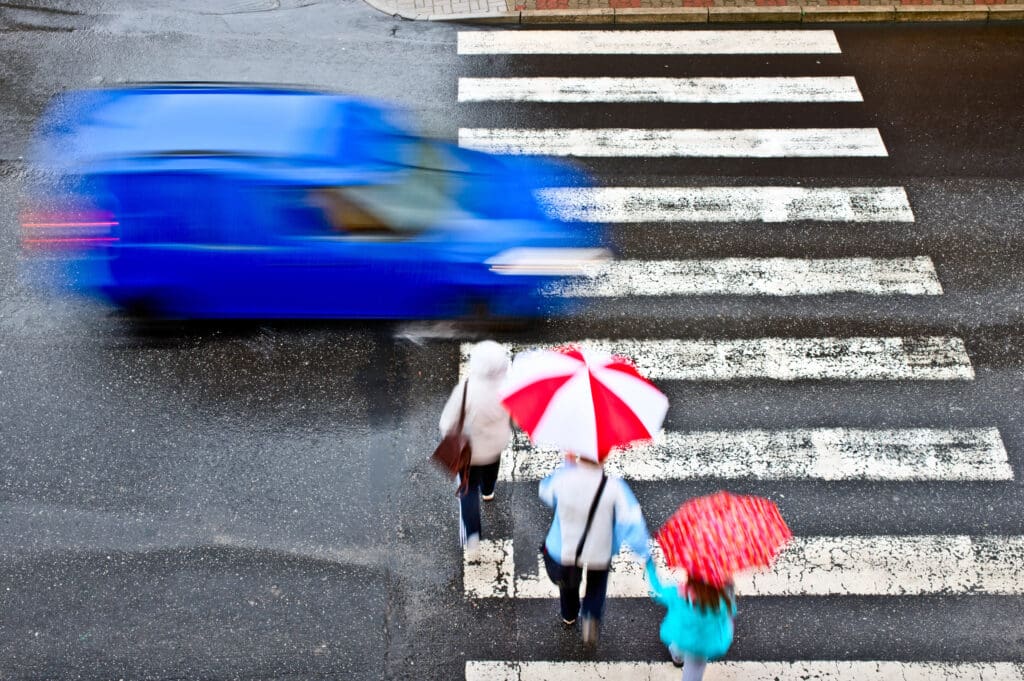
Many drivers fail to yield to pedestrians at crosswalks, endangering lives. Studies show only 28% of drivers yield, with expensive car owners being less likely to stop. Drivers also exhibit bias, yielding less for men and people of color. This dangerous behavior can result in fines up to $2,000 and potential jail time.
11. Aggressive acceleration and braking
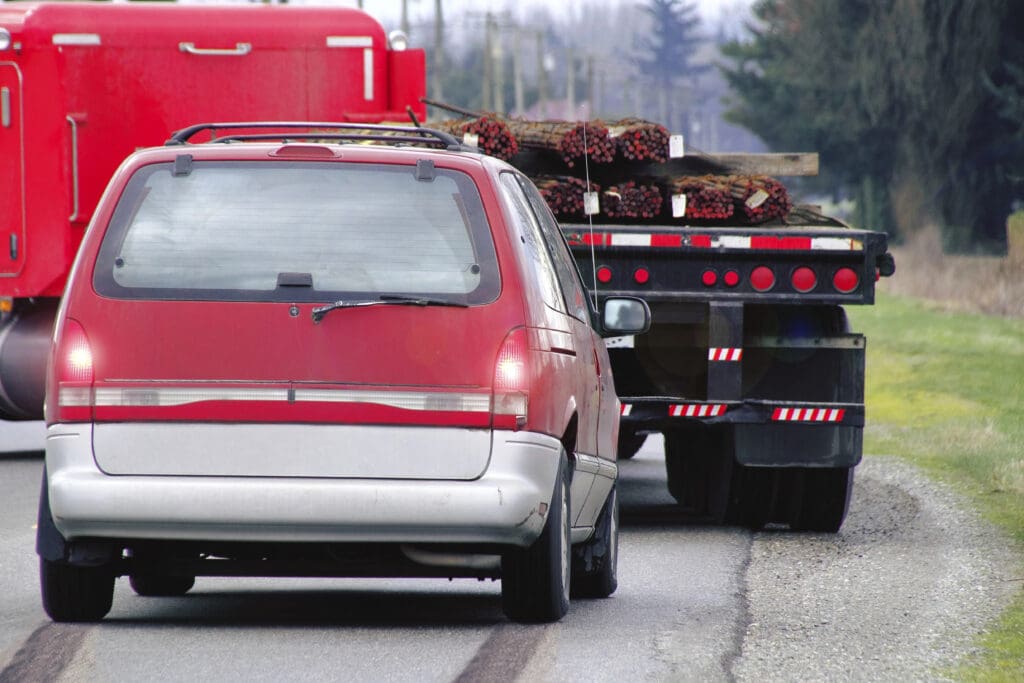
Rapid acceleration and harsh braking not only waste fuel but also increase wear and tear on vehicles. Each aggressive maneuver can consume up to half a gallon of extra fuel. This behavior also creates unsafe road conditions, increasing the risk of accidents and rear-end collisions. Drivers often underestimate the impact of these actions on fuel efficiency and vehicle longevity.
10. Neglecting vehicle maintenance
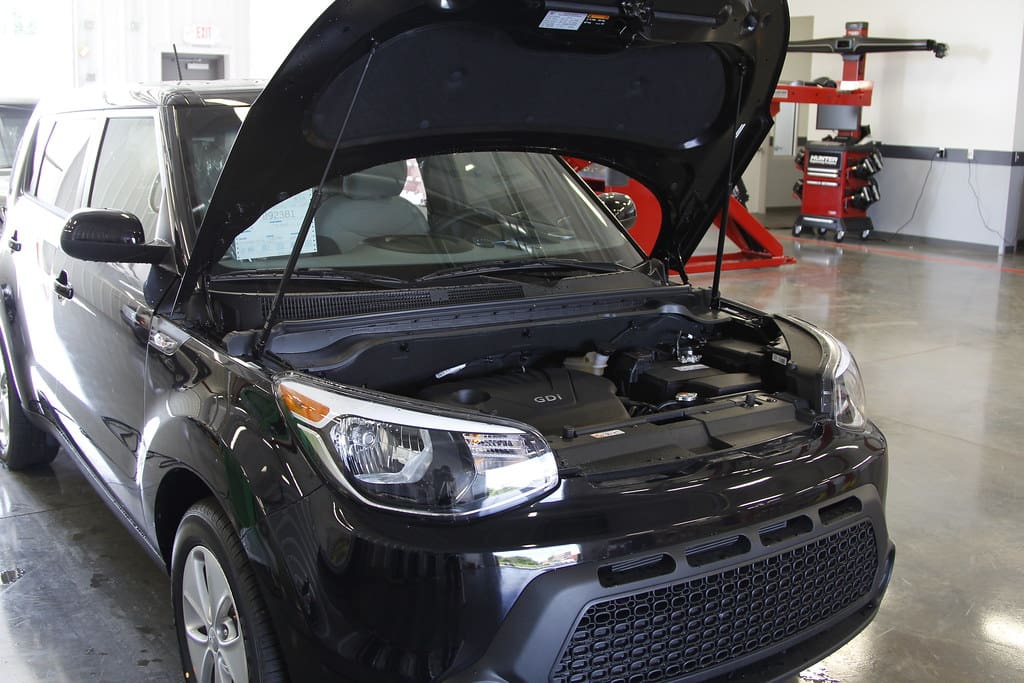
Bad drivers often overlook the importance of regular vehicle maintenance, which can lead to serious safety issues and costly repairs. Ignoring oil changes, tire rotations, and brake inspections can result in decreased fuel efficiency, reduced vehicle lifespan, and increased risk of accidents. Proper maintenance is crucial for both safety and long-term vehicle performance.
9. Driving too slowly in the passing lane
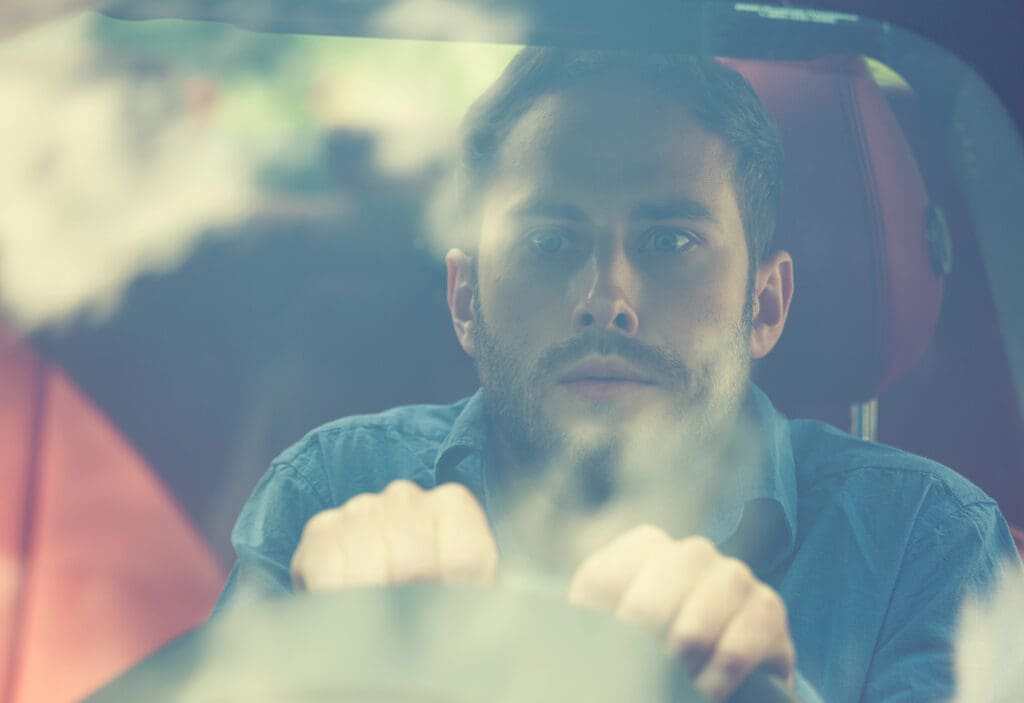
Slow drivers in the passing lane impede traffic flow and create dangerous situations. This behavior forces other drivers to make sudden lane changes, increasing the risk of accidents. Many states have implemented “slow poke” laws, allowing police to ticket drivers who linger in the left lane without passing. Always move right if you’re not actively overtaking other vehicles.
8. Cutting off other drivers

Abruptly changing lanes or merging without sufficient space forces other drivers to brake suddenly, increasing accident risk. Many bad drivers fail to recognize the danger and stress this causes. Always use turn signals, check blind spots, and ensure ample space before changing lanes or merging to avoid cutting off others.
7. Rolling through stop signs

Many drivers mistakenly believe rolling stops are harmless, but they’re illegal and dangerous. This practice increases the risk of collisions with pedestrians, cyclists, and other vehicles. In California, rolling stops can result in a $238 fine and a point on your license. Always come to a complete stop to ensure everyone’s safety.
6. Ignoring blind spots
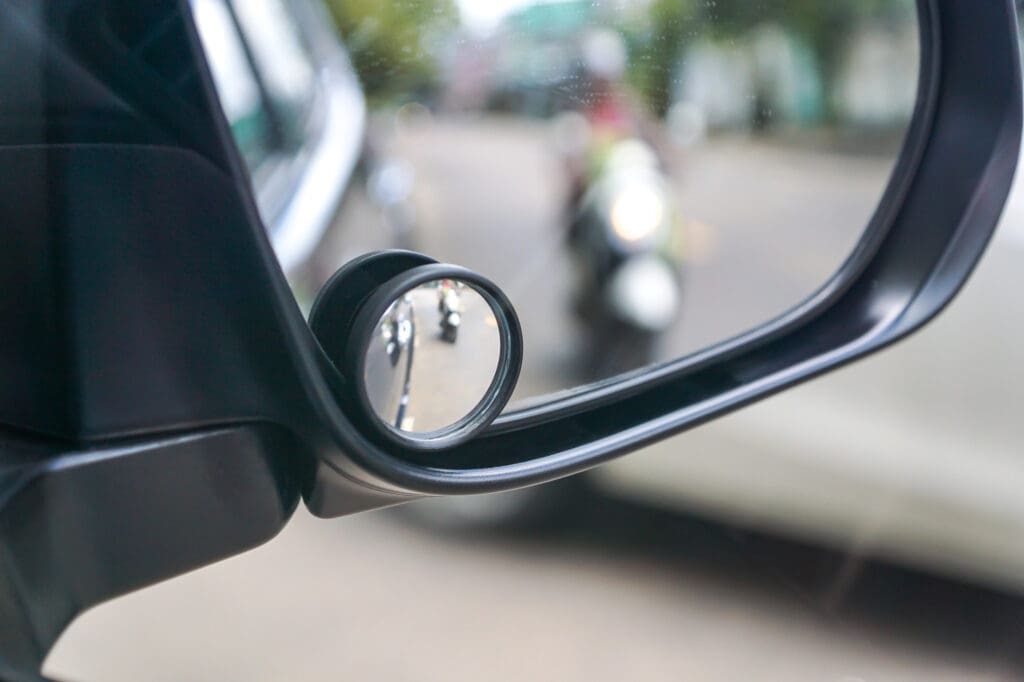
Failing to check blind spots before changing lanes or merging is a dangerous habit of bad drivers. Blind spots are areas around a vehicle that can’t be seen in mirrors, hiding other vehicles or pedestrians. Neglecting to physically turn and look can lead to sideswipe collisions or even fatal accidents. Always perform a quick shoulder check to ensure safety.
5. Failing to adjust driving for weather conditions
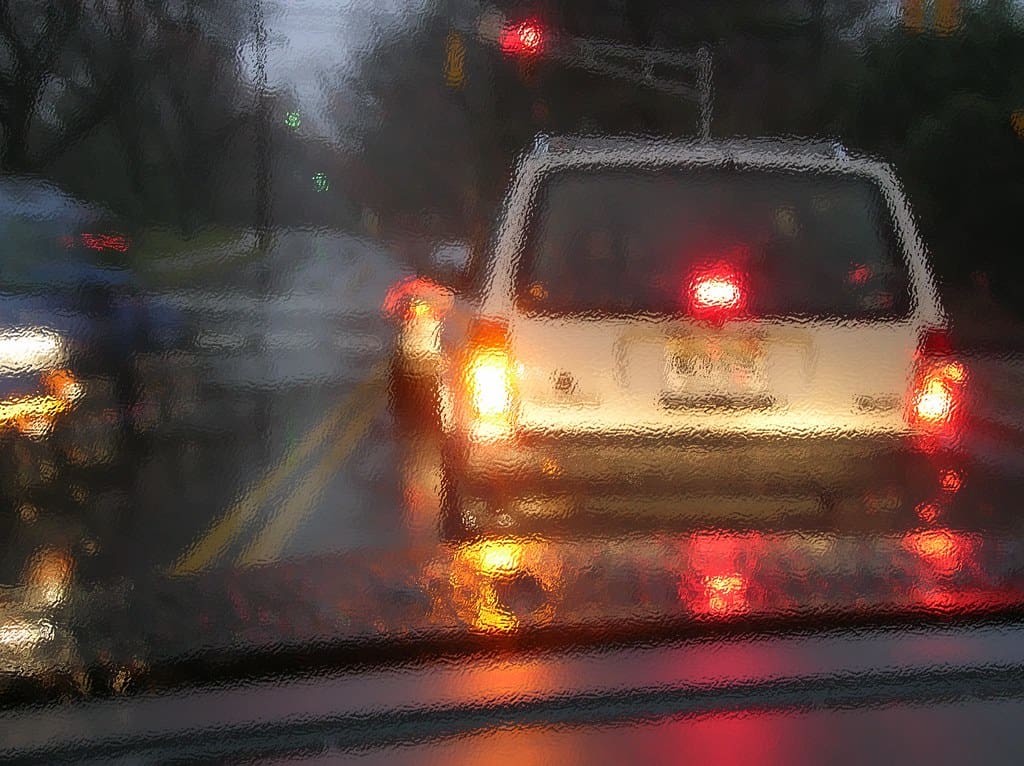
Many drivers underestimate the impact of adverse weather on road safety. Wet pavement causes 70% of weather-related crashes, while rain accounts for 46%. Failing to slow down, increase following distance, or use appropriate lights in fog, rain, or snow significantly increases accident risk. Proper tire maintenance and cautious driving are crucial for navigating hazardous conditions safely.
4. Speeding in residential areas
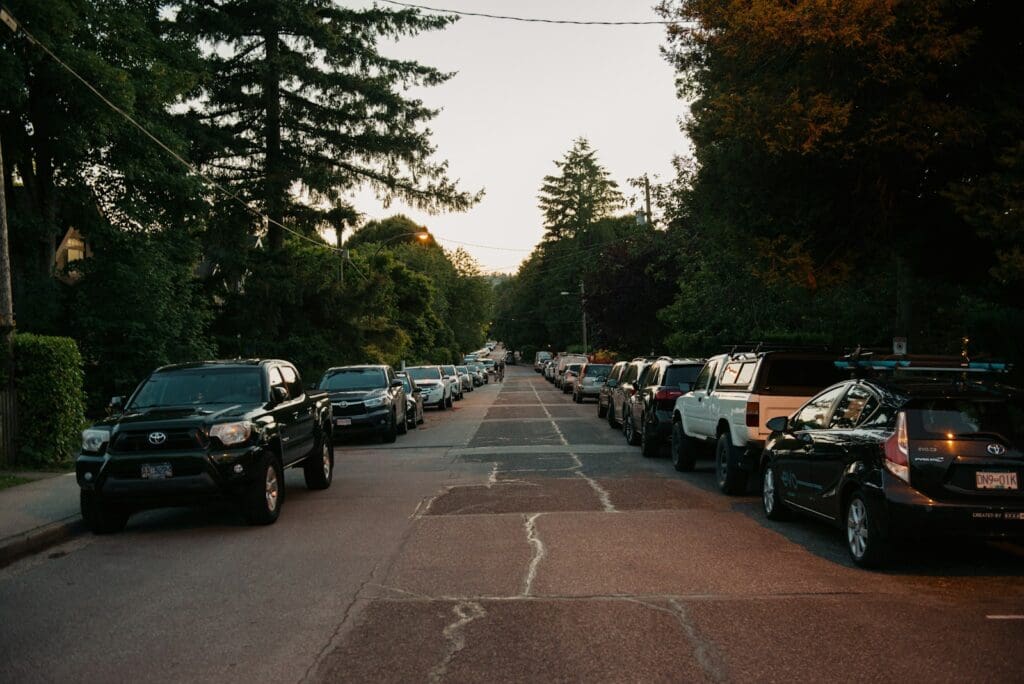
Many drivers underestimate the dangers of speeding in neighborhoods. Even a small increase in speed significantly raises the risk of fatal accidents, especially involving pedestrians and children. At 30 mph, the fatality rate jumps to 40%, compared to just 5% at 20 mph. Residential speeding also increases noise pollution and reduces overall community safety.
Read More: Ranking the 20 Most Beloved F1 Drivers of All Time
3. Distracted Driving
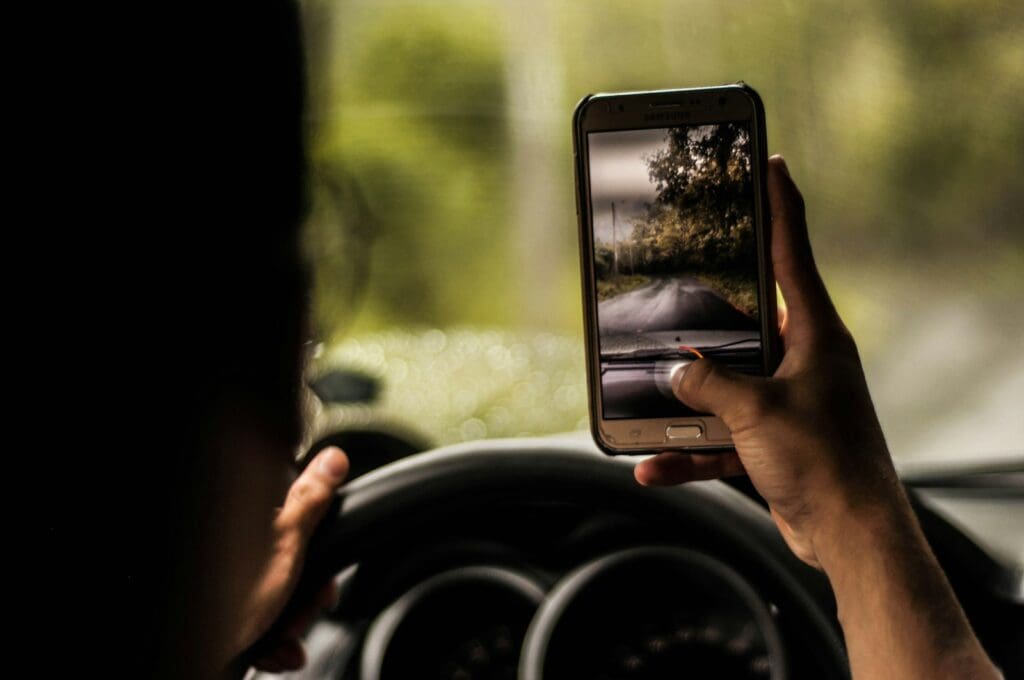
Distracted driving remains a major safety concern in 2025, with approximately nine fatalities occurring daily in the U.S. due to this behavior. Despite increased awareness, drivers aged 20-39 are responsible for 42% of distracted driving incidents. Texting while driving is particularly dangerous, being six times more likely to cause a crash than drunk driving.
Read More: 13 Mind-Blowing Tech Innovations That Will Revolutionize Driving in 2025 and Beyond
2. Not using turn signals
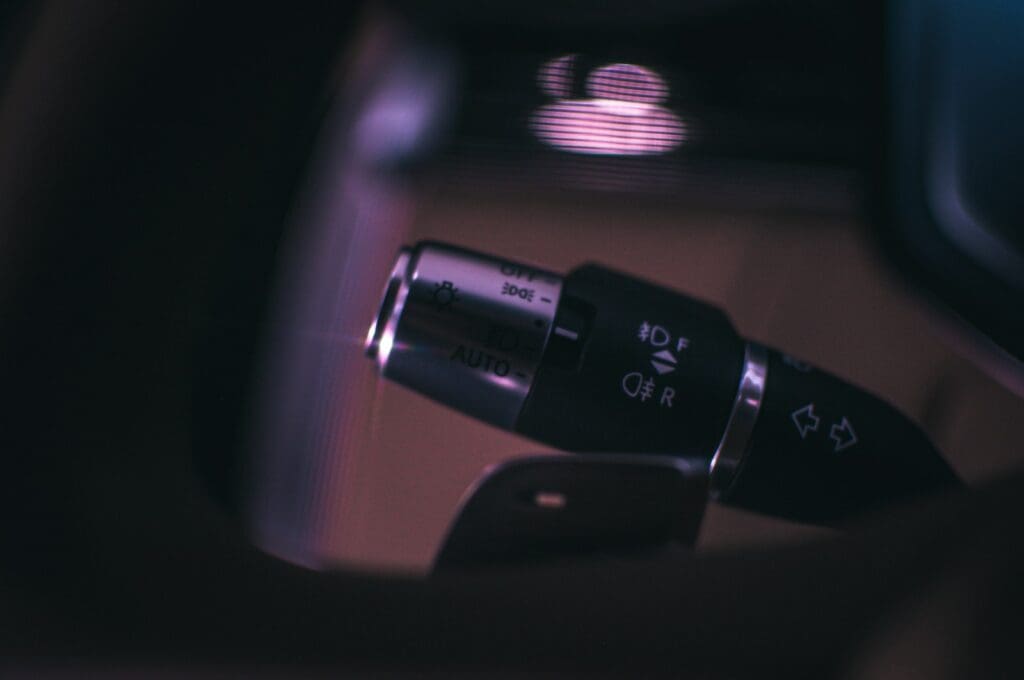
Failing to use turn signals is a widespread issue, with drivers neglecting to signal when changing lanes 48% of the time and when turning 25% of the time. This negligence causes over two million accidents annually, more than twice the number attributed to distracted driving. Proper signaling is crucial for road safety and communication between drivers.
Read More: 10 F1 Drivers Who Deserved to Win a Championship
1. Tailgating
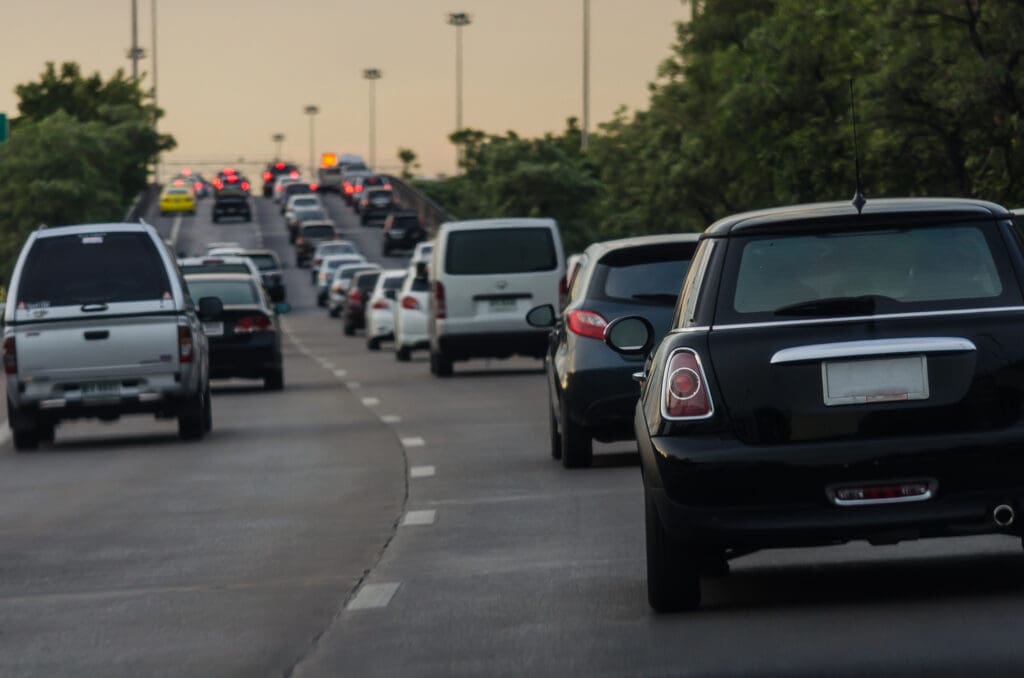
Tailgating is a dangerous habit where drivers follow too closely behind the vehicle in front. The safe following distance should be at least 2-3 seconds, increasing in poor conditions. Tailgating reduces reaction time, limits visibility, and significantly increases the risk of rear-end collisions. It’s also illegal in most states, potentially resulting in fines and license points.
Read More: 20 Traits That Define the Worst Drivers — Are You One of Them?





